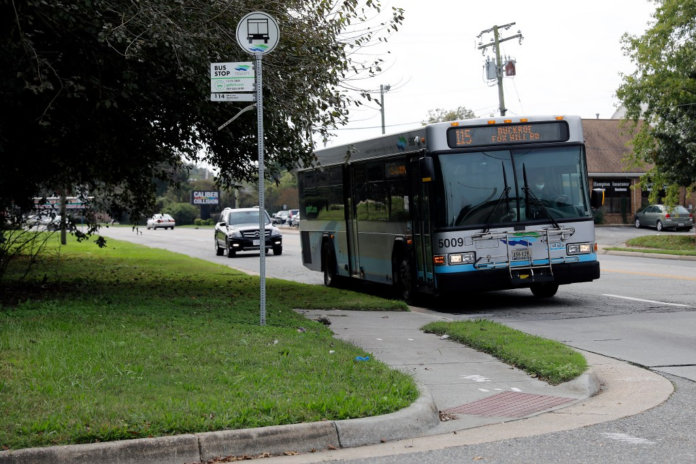Just as roads, bridges and tunnels require attention, the region’s public transportation system needs steadfast support to keep the Hampton Roads economy moving forward.
As a partner in the success of the region and a responsible steward of public funds, Hampton Roads Transit (HRT) — created 25 years ago in the nation’s first voluntary merger of transit agencies — is recommending significant changes to ensure a reliable regional transit network in the future.
Like a private business that continually evaluates its operations and efficiency, HRT is taking steps now to address external factors that include rising operating costs, an ongoing shortage of bus operators, and stagnant or decreasing state and federal funding. We want to right-size our local bus network to match the human and financial resources needed to run a dependable and cost-effective bus operation.
One way we’re doing that is the System Optimization Plan (SOP). We’re exploring how HRT can put its limited resources to our best use by reducing low-ridership local bus service and reinvesting those savings into routes with high ridership demand.
Let’s say a local bus route carries just a handful of passengers per hour. A route serving hundreds of customers a day has the same costs as one that carries just a few, so there’s an opportunity to make local bus network adjustments to better align resources with demand.
This is why we’re exploring ways to optimize service on low-performing local routes, streamline or consolidate routes to remove duplication, realign more high-performing routes to maintain fixed-route coverage, and adjust the level of service or service type based on land use, employment density and demand.
We have been presenting our recommendations to the city councils of the six cities we serve. The cities represent 35% of our operating revenues to cover some of the costs of operating transit in their cities.
The SOP’s benefits are many:
It will enable HRT to right size our local bus network and match scheduled service to operational capacity.
It will maximize the productivity of federal, state and local investments in the transit network.
It will free up local financial resources that can be reinvested into new OnDemand ridesharing service to address transit coverage in lower-density areas.
It will reallocate enough bus operators to fully implement the remaining high-frequency 757 Express regional network, a highly used service that on average has greater ridership than local bus routes.
It addresses operator burnout and reduces the need for mandatory overtime.
In short, right sizing the bus network will enable HRT to sustainably operate a reliable service long term.
For our customers, we’ve given a lot of thought to providing transit options in areas that might see route changes. With our OnDemand ridesharing service expanding to other cities next year, we can use this new mode to fill gaps in the network where demand doesn’t exist for fixed-route bus service.
Our analysis shows that about 80% of people living within a five-minute walk of an HRT bus stop today will still be within a five-minute walk of a bus stop after the SOP recommendations are implemented.
This draft plan will be rolled out in phases following city council briefings, plan refinements, approval from our commission and implementation planning. Look for public forums where we’ll be sharing our recommendations.
HRT’s bus network has not changed much since the agency began in 1999 as a merger between Peninsula Transit and Tidewater Regional Transit, even though the service area has grown and shifted.
Transit is critical to support the regional economy, including major employment centers, military bases, the hospitality industry, the Port of Virginia and other sectors. We must ensure we’re investing in a transit network that is innovative and adaptable, so our region continues to succeed.
Ray Amoruso of Chesapeake is chief planning and development officer for Hampton Roads Transit. He has 40 years of experience in public transportation nationwide.


